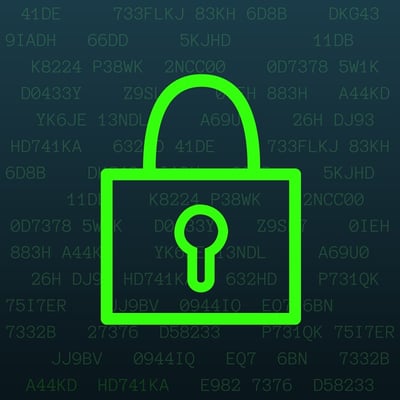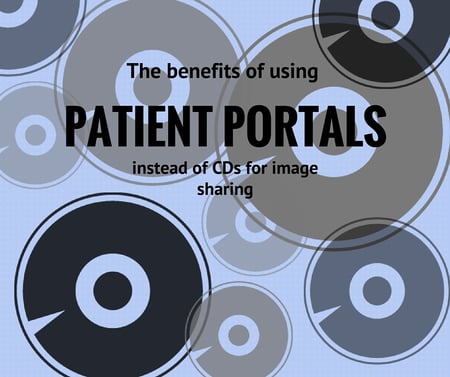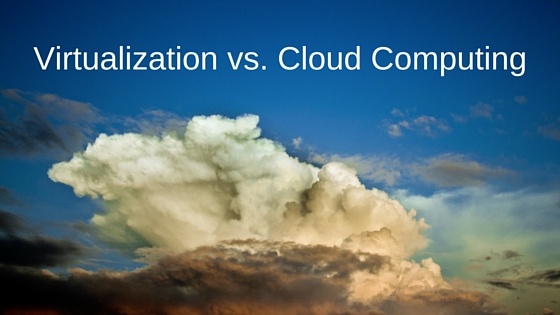Encryption is an imperative security measure for all healthcare organizations; however, many have yet to adopt it because HIPAA doesn't enforce any sort of encryption standard for protected health information (PHI). Instead, the HIPAA Security Rule classifies data encryption as “addressable” rather than “required,” meaning each organization if left to decide if implementation would be reasonable and appropriate.  Leaving a critical security measure like this up for interpretation and discretion does not give patient privacy the priority it deserves. This leaves a dangerous opening for hackers who can easily intercept personal data being sent to a facility or being stored on unprotected servers and devices. Because PHI is frequently stored and transmitted in electronic in format, the inherent security risks that come along with that must be addressed.
Leaving a critical security measure like this up for interpretation and discretion does not give patient privacy the priority it deserves. This leaves a dangerous opening for hackers who can easily intercept personal data being sent to a facility or being stored on unprotected servers and devices. Because PHI is frequently stored and transmitted in electronic in format, the inherent security risks that come along with that must be addressed.
The healthcare industry’s commitment to patient engagement has been one of the catalysts for a renewed focus on health information accessibility. Accessibility and interoperability are often discussed in terms of electronic medical records, but what about medical images, specifically? Not long ago, in the days of film, exchanging medical images across facilities was very cumbersome (if not impossible) and sharing them with patients simply did not happen. But even now that it has become commonplace for imaging studies to be burned onto discs, there are still accessibility challenges that plague the process.
 Image Sharing with CDs
Image Sharing with CDs
Discs are currently the most commonly used physical media for sharing medical images. A proprietary viewer is a software that can read and display images in their standard DICOM (Digital Imaging and Communications in Medicine) format. For consistency across imaging platforms, as well as security of patient data, medical images cannot be accessed in this format without the use of the appropriate viewing software. Herein lies one of the fundamental issues with this method of image sharing. If a CD only holds image files, it’s not guaranteed that they can be viewed from any computer because the computer might lack the necessary software to view them. If a CD holds both the image files and a proprietary viewer that needs to be installed, the viewing software must be compatible with the computer or operating system on which it’s being installed and the user must have the appropriate permissions to complete that installation.
The cloud has become extremely popular, and many healthcare facilities are faced with the decision whether to move certain applications to this platform or invest in and maintain their current IT infrastructure. An important business decision, this requires deliberation, number crunching, and a firm grasp with regards to both the benefits and shortcomings of each of these two options.
Because Vaultara’s Flight solution is hosted on virtual servers, we are often asked how virtualization differs from cloud computing or whether they are, in essence, the same thing. While these two terms are often confused or interchanged, they are, in fact, different.
To put it simply, virtualization is made up of software that can make hardware much more efficient; cloud computing, essentially, is the service which is often the result of this manipulation.

